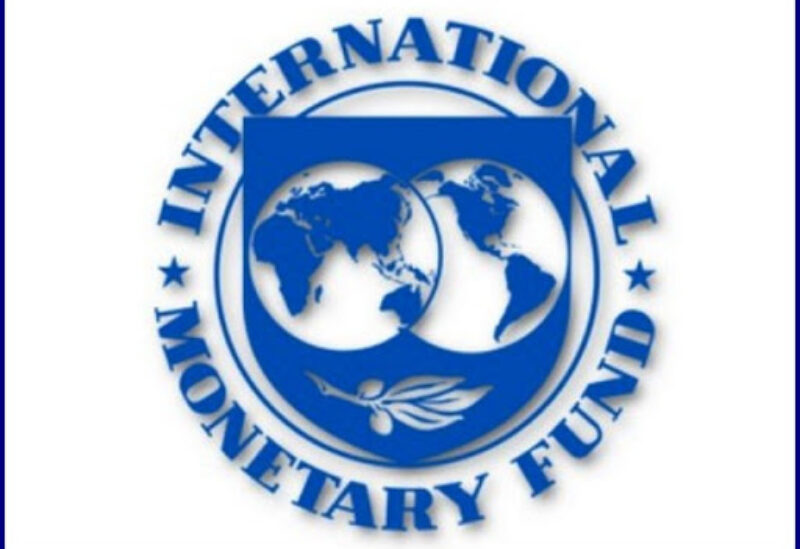
IMF logo
The International Monetary Fund expects to finalise plans to complete the allocation of Special Drawing Rights of $650 billion, the biggest issuance in its history, by the end of August.
The measure would bolster the Washington-based lender’s reserves after it distributed more than $109bn in emergency loans and debt relief to countries struggling to cope with Covid-19 pandemic-driven economic, social and healthcare challenges.
“Today the IMF executive board discussed a proposal for a new $650bn SDR allocation – the largest issuance in the IMF’s history aimed at helping its membership, especially the most vulnerable, overcome the Covid-19 crisis,” IMF spokesman Gerry Rice said following the the board’s meeting on Friday.
“The board discussion is another step in the process toward a new SDR allocation, which we expect to be completed by the end of August.”
An increase in Special Drawing Rights was one of several measures the Washington-based fund had called for at its joint meetings with the World Bank in April this year.
Special Drawing Rights are an international reserve asset created by the IMF in the late 1960s. They are based on a basket of five global currencies – the US dollar, the euro, the Chinese renminbi, the Japanese yen and the British pound.
The pandemic tipped the global economy into its worst recession since the Great Depression last year, with the world output shrinking 3.3 per cent. However, a rapid vaccine rollout by nations across the world and the injection of about $16 trillion of fiscal stimulus and $9tn of monetary support by governments and central banks has helped the global economy to bounce back. It is forecast to expand by 6 per cent in this year, according to the fund.
The IMF’s response to the pandemic has been geared around providing emergency financing and debt relief to the world’s poorest countries, as well as campaigning for global governments to agree bilateral debt relief deals.
Earlier this month, the IMF and the World Bank set up a high-level advisory- group of economists, development finance experts and academics to devise strategies for a sustainable recovery from the pandemic.
“The world faces two huge crises – the pandemic and the climate emergency – that demand radical and co-ordinated action,” Kristalina Georgieva, the IMF’s managing director, said.
“Through policy analysis and practical proposals, the high-level advisory group will play a key role in this effort.”
The IMF is also exploring the creation of a trust that could allow its members to lend the fund’s reserves to more countries, including middle-income nations vulnerable to climate change.
The Group of Seven high-income countries have already given the fund the “green light” to work on the plan, Ms Georgieva said after the end of the G7 summit in England, earlier this month.
The fund plans to work with its members in the coming months on how they could reallocate some of their special drawing rights, or use budget loans to reach – or even exceed – the goal of distributing $100bn to some of the most vulnerable nations.